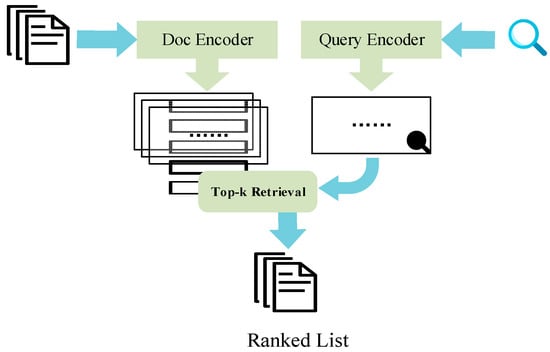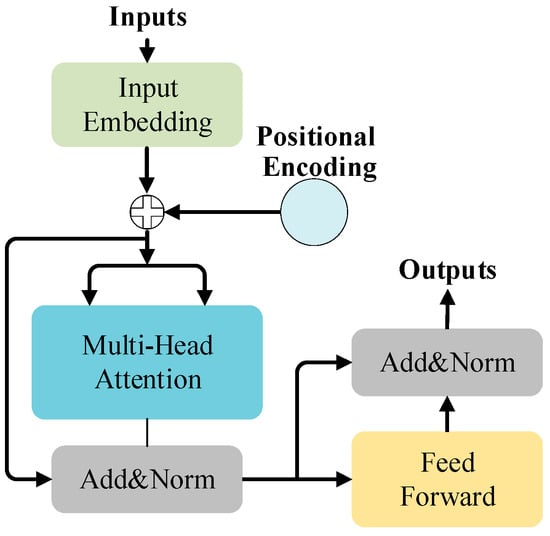
| Version | Summary | Created by | Modification | Content Size | Created at | Operation |
|---|---|---|---|---|---|---|
| 1 | Tianyao Ji | -- | 335 | 2024-01-15 12:17:56 | | | |
| 2 | Tianyao Ji | + 1813 word(s) | 2148 | 2024-02-21 08:57:30 | | |
Video Upload Options
Intelligent question answering system is an innovative information service system which integrates natural language processing, information retrieval, semantic analysis and artificial intelligence. The system mainly consists of three core parts, which are question analysis, information retrieval and answer extraction. Through these three parts, the system can provide users with accurate, fast and convenient answering services.
1. Introduction
Intelligent question answering system is an innovative information service system which integrates natural language processing, information retrieval, semantic analysis and artificial intelligence. The system mainly consists of three core parts, which are question analysis, information retrieval and answer extraction. Through these three parts, the system can provide users with accurate, fast and convenient answering services.
The representative systems of the intelligent question answering system include:
(1) Rule-based algorithms (1960s-1980s). The question-answering system based on this pattern mainly relies on writing a lot of rules and logic to implement the dialogue. ELIZA [1], developed by Joseph Weizenbaum in the 1960s, was the first chatbot designed to simulate a conversation between a psychotherapist and a patient. PARRY [2] is a question-and-answer system developed in the 1970s that simulates psychopaths. The emergence of ELIZA and PARRY provided diverse design ideas and application scenarios for subsequent intelligent question answering systems, thereby promoting the diversification and complexity of dialogue systems. However, the main problem of this model is its lack of flexibility and extensibility. It relies too much on rules or templates set by humans, and consumes a lot of time and manpower. When the questions become complicated, it is difficult to get satisfactory answers through simple rules set by the model.
(2) Statistics-based algorithms (1990s-2000s). The question-answering system based on this model adopts the method of statistical learning to learn patterns and rules from a large number of dialogue data. Common algorithms include Vector Space Model [3] and Conditional Random Fields [4]. ALICE (Artificial Linguistic Internet Computer Entity) [5] is an open-source natural language processing project. The system in question is an open-domain question answering platform capable of addressing queries across a multitude of subjects and domains. Jabberwacky [6] is an early intelligent chatbot employing machine learning and conversational models to enhance its responses continually. These systems are designed to train models that can learn the relationships between questions and answers present in the corpus. Therefore, these models can carry out more natural and smooth dialogue. However, the ability of context understanding and generalization ability is weak, so it is difficult to adapt to model sharing and transfer learning in various professional fields. Moreover, considering statistical models are trained on a large corpus, this kind of model may suffer from data bias when dealing with domain-specific problems and fail to provide accurate answers.
(3) Algorithms based on hybrid technology (2010s-early 2020s). The question-answering system, grounded on this model, can amalgamate diverse techniques encompassing rules, statistics, and machine learning. It leverages multiple input modalities, including speech, image, and text, to interoperate seamlessly. The overarching objective is to facilitate users in accomplishing specific tasks or goals within designated domains, such as booking, traveling, shopping, or ordering food. This synergistic integration of multifarious technologies and input modes fosters a more sophisticated and intelligent dialogue system. Typical question answering systems based on hybrid technology model include Apple's Siri [7], Microsoft's Cortana [8], Amazon's Alexa [9], Facebook's M [10] and Google's Google Assistant [11]. These systems are centered around artificial intelligence and natural language processing technology, aiming to furnish users with personalized and convenient information and services to cater to diverse needs.
The system built based on this pattern has stronger context understanding and personalized customization, but there are two shortcomings: first, the quality of dialogue in such a system is not stable; Secondly, the generalization ability of the model is limited. It is difficult to realize model sharing, transfer learning and answer generation in professional fields. The training of this model requires excessive investment in computing and data resources, and its training and deployment speed is slow.
(4) Algorithms based on pre-trained language (2020s). The model is based on pre-trained language models such as BERT [12], GPT (Generative Pre-trained Transformer) [13], etc. These models are pre-trained on large-scale data and they learn rich language representation and context understanding skills to generate more natural, fluid, and accurate responses. In addition, through the supervised training on domain-specific question answering datasets, the question answering system can answer questions in specialized professional fields. [14] proposed a BERTserini algorithm which improves the exact match rate of the question answering system. In comparison to the original BERT algorithm, the proposed method surpasses its processing byte limit and can provide accurate answers for multi-document long texts.
Although systems built on the BERTserini algorithm perform well on public datasets, there are some problems in the application in professional fields such as electrical power engineering. Considering the low exact match rate and poor answer quality, engineering applications of these models are challenging. The problems are mainly caused by the following aspects.
(1) Lack of model expertise: Language models such as BERT or GPT are usually pre-trained from large amounts of generic corpus collected on the Internet. However, the digital realm offers limited professional resources pertaining to industries like electrical power engineering. As a result, the model has insufficient knowledge reserve when dealing with professional question, which affects the quality of the answers; (2) Differences in document format: There are significant differences between the format of documentation in the electrical power engineering field and that of public datasets. The documents in the electrical power engineering field often exhibit unique formatting, characterized by an abundance of hierarchical headings. It is easy to misinterpret the title as the main content and mistakenly use it as the answer to the question, leading to inaccurate results; (3) Different scenario requirements: Traditional answering systems do not need to pay attention to the source of answers in the original document. However, a system designed for professional use must provide specific source information for its answers. If such information is not provided, there may arise doubts regarding the accuracy of the response. This further diminishes the utility of the application in particular domains.
This paper proposes an improved BERTserini algorithm to construct an intelligent question answering system in the field of electrical power engineering. The proposed algorithm is divided into two stages:
The improved BERTserini algorithm proposed in this paper has three main advantages.
(1) The proposed algorithm implements multi-document long text preprocessing technology tailored for rules and regulations text. Through optimization, the algorithm segments rules and regulations into distinct paragraphs based on its inherent structure and supports answer output with reference to chapters and locations within the document. The effectiveness of this pretreatment technology is reflected in the following three aspects: First, through accurate segmentation, paragraphs that may include questions can be extracted more accurately, thus improving the accuracy of answer generation. Secondly, the original Bert model exhibits a limitation that it outputs the heading of rules and regulations text as the answer frequently. To address this issue, an improved BERTserini algorithm has been proposed. Finally, the algorithm is able to accurately give the location information of answers in the original document chapter. The algorithm enhances the comprehensiveness and accuracy of reading comprehension, generating answers to questions about knowledge and information contained in professional documents related to the field of electric power. Consequently, this leads to a marked improvement in answer quality and user experience for the question answering system.
(2) The proposed algorithm optimizes the training of the corpus in the field of electrical power engineering and fine-tunes the parameters of the large language model. This method eliminates the necessity for manual organization of professional question-answer pairs, knowledge base engineering, and manual template establishment in BERT reading comprehension, thereby effectively reducing labor costs. This enhancement significantly enhances the accuracy and efficiency of the question-answering system.
(3) The proposed algorithm has been developed for the purpose of enhancing question answering systems in engineering applications. This algorithm exhibits a higher degree of exact match rate of questions and a faster response time for providing answers.2. Background of the technology
2.1. FAQ
2.2. BM25 algorithm
Finally, the relevance scoring formula for the BM25 algorithm can be summarized as follows:
where and are adjustment factors, represents the frequency of morpheme appearing in document , denotes the length of document , and represents the average length of all documents.
2.3. Anserini

2.4. BERT Model


2.5. BERTserini algorithm





